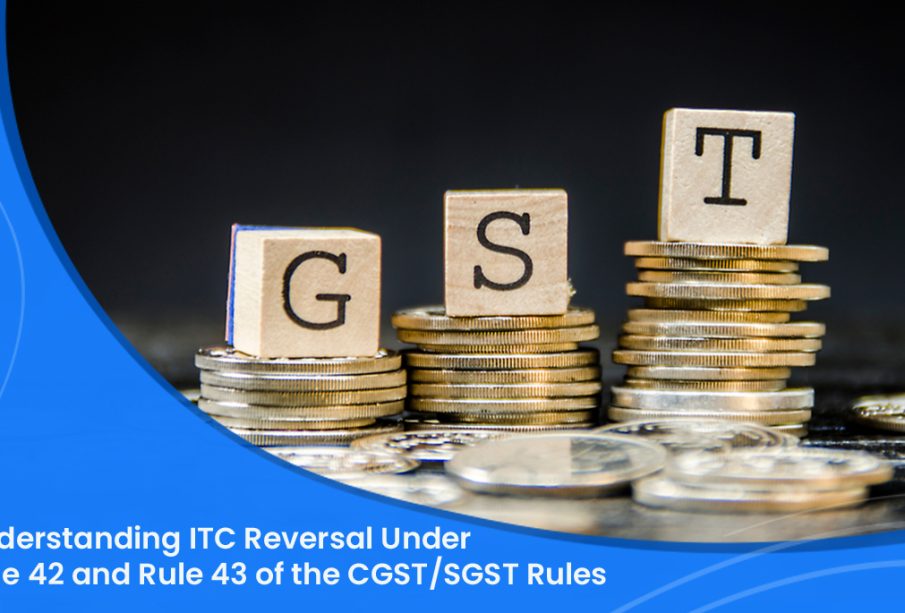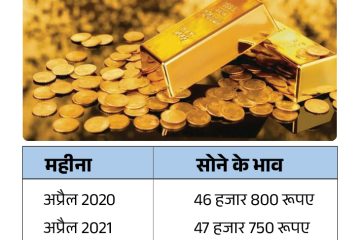Understanding GST Payment in India: Key Aspects and Updates

Introduction
Goods and Services Tax (GST) is a critical component of India’s tax structure, implemented to streamline the indirect tax regime. Since its introduction on July 1, 2017, GST has transformed the way businesses operate. Understanding the nuances of GST payment is essential for compliance and the smooth functioning of businesses across the country. As the government makes continuous updates and changes, staying informed about the latest regulations is imperative for taxpayers and business owners.
GST Payment Process
The GST payment process involves several steps that a taxpayer must adhere to. Firstly, businesses must ensure they are registered under GST. Following registration, they need to file monthly or quarterly GST returns that include details of sales, purchases, and taxes paid.
Once the returns are prepared, taxpayers can make payments through the GST portal using the following methods:
- Online Payment: Taxpayers can make payments directly through the GST portal using internet banking, debit/credit cards, or UPI.
- Challan Payment: A GST challan can be generated on the GST portal, and the payment can be made at designated banks or authorized post offices.
- Adjustments against Input Tax Credit: Businesses can also adjust their liability against the Input Tax Credit (ITC) they have accumulated.
Recent Updates and Challenges
As of 2023, the GST system has seen various updates aimed at enhancing compliance and simplifying processes. One of the significant changes includes the introduction of the e-invoicing system for businesses with a turnover exceeding a prescribed threshold. This system aims to improve transparency and reduce tax evasion.
However, challenges remain, especially for small and medium enterprises (SMEs). Compliance costs can be burdensome, and the complexity of the tax laws sometimes hinders timely payments, leading to penalties.
Conclusion
Understanding GST payment is vital for seamless business operations in India. As the government continues to update and refine the tax framework, it is crucial for taxpayers to stay informed about their responsibilities and deadlines. Keeping abreast of GST changes can significantly improve liquidity management for businesses, ensuring that they comply without facing hefty penalties. Moreover, with technological advancements aiding in smoother transactions and reporting, timely GST payments are becoming increasingly manageable for taxpayers.








